Your Guide to Cyberspace: Command Leads Army’s Mission in 5th Warfighting Domain
Nothing has transformed modern life like the microprocessor, and nothing has significantly shaped the modern global economy as the rise
Articles on the latest developments and innovations in technology affecting landpower, the Army, and its soldiers.
Nothing has transformed modern life like the microprocessor, and nothing has significantly shaped the modern global economy as the rise
The future is now, and the U.S. Army must move quickly or risk falling behind rapidly modernizing adversaries.
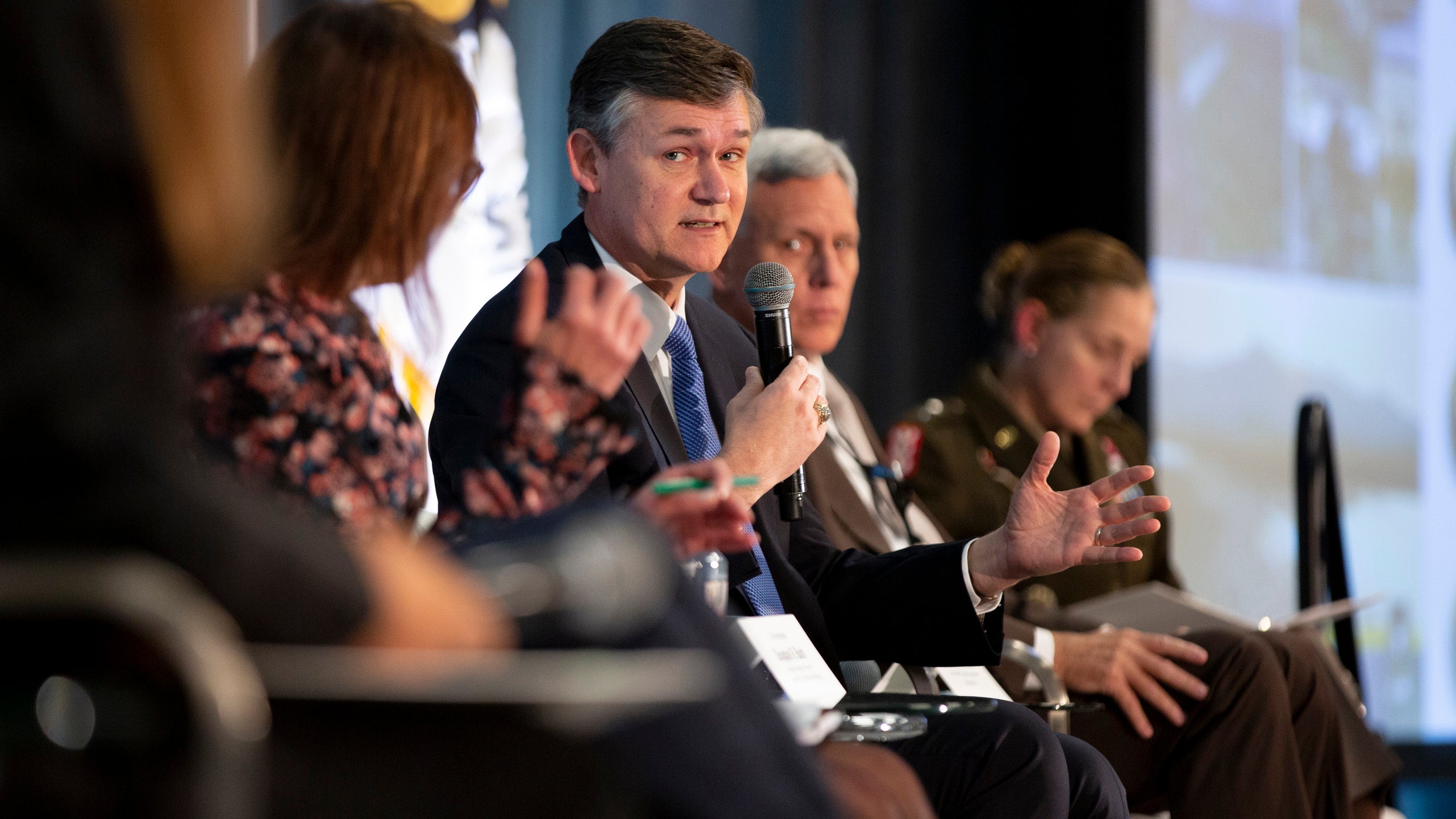
Army plans to field hybrid-drive tactical vehicles by 2035 and fully electric tactical vehicles by 2050 align with a broader service strategy to slow climate change and transition more fully to renewable energy sources.
But the Army’s top acquisition official says this move will also make soldiers more effective against the enemy.
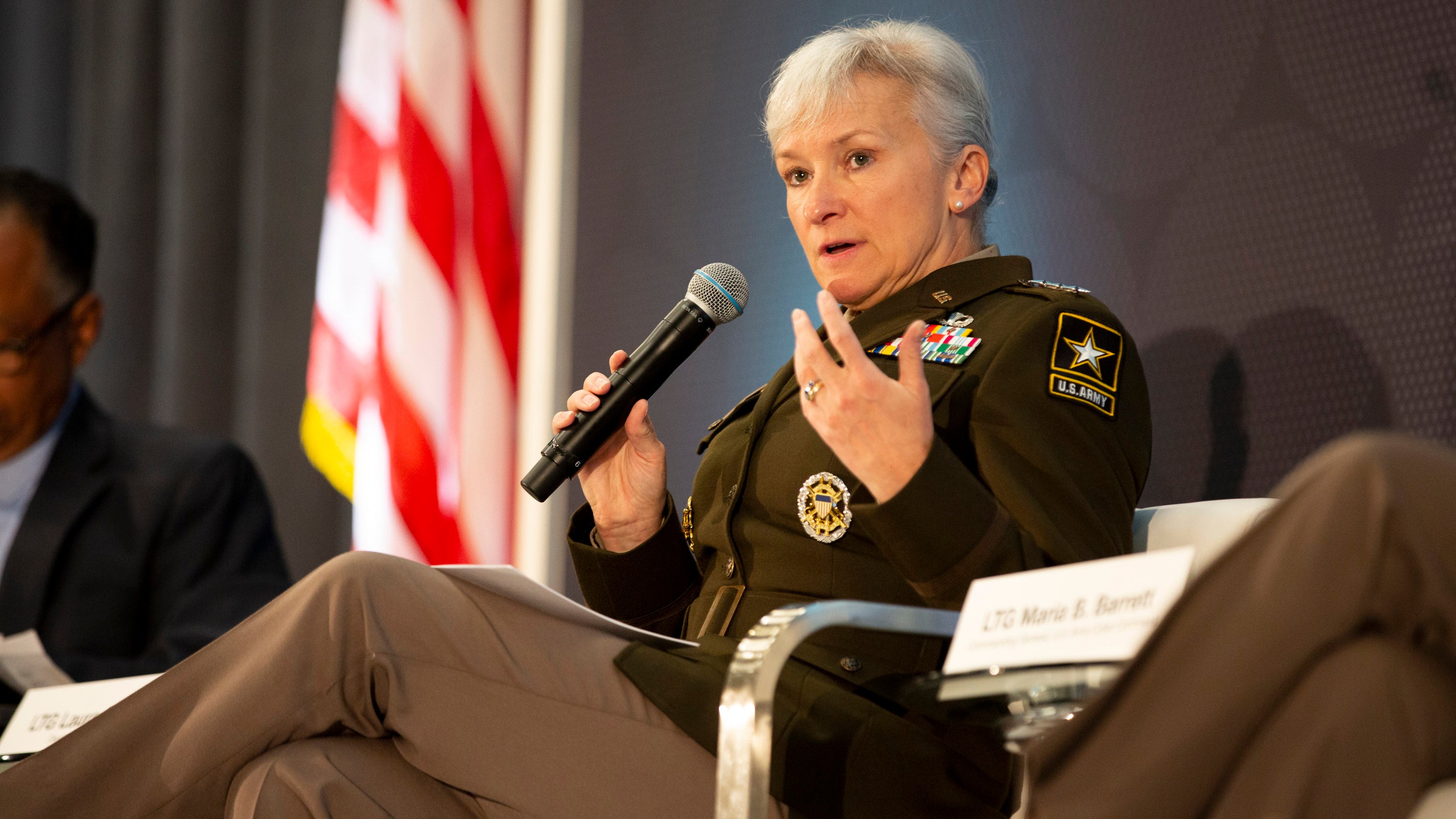
Army cyber forces must quickly and continually adapt to keep up with ever evolving threats, a panel of experts said Oct. 12 at the Association of the U.S. Army’s Annual Meeting and Exposition.
The Army constantly monitors and analyzes threats from China, which is America’s “pacing challenge,” and other adversaries including Russia, North Korea, Iran and terrorist organizations, said Lt. Gen. Laura Potter, deputy Army chief of staff for intelligence, G-2. “This really is a global problem,” she said.
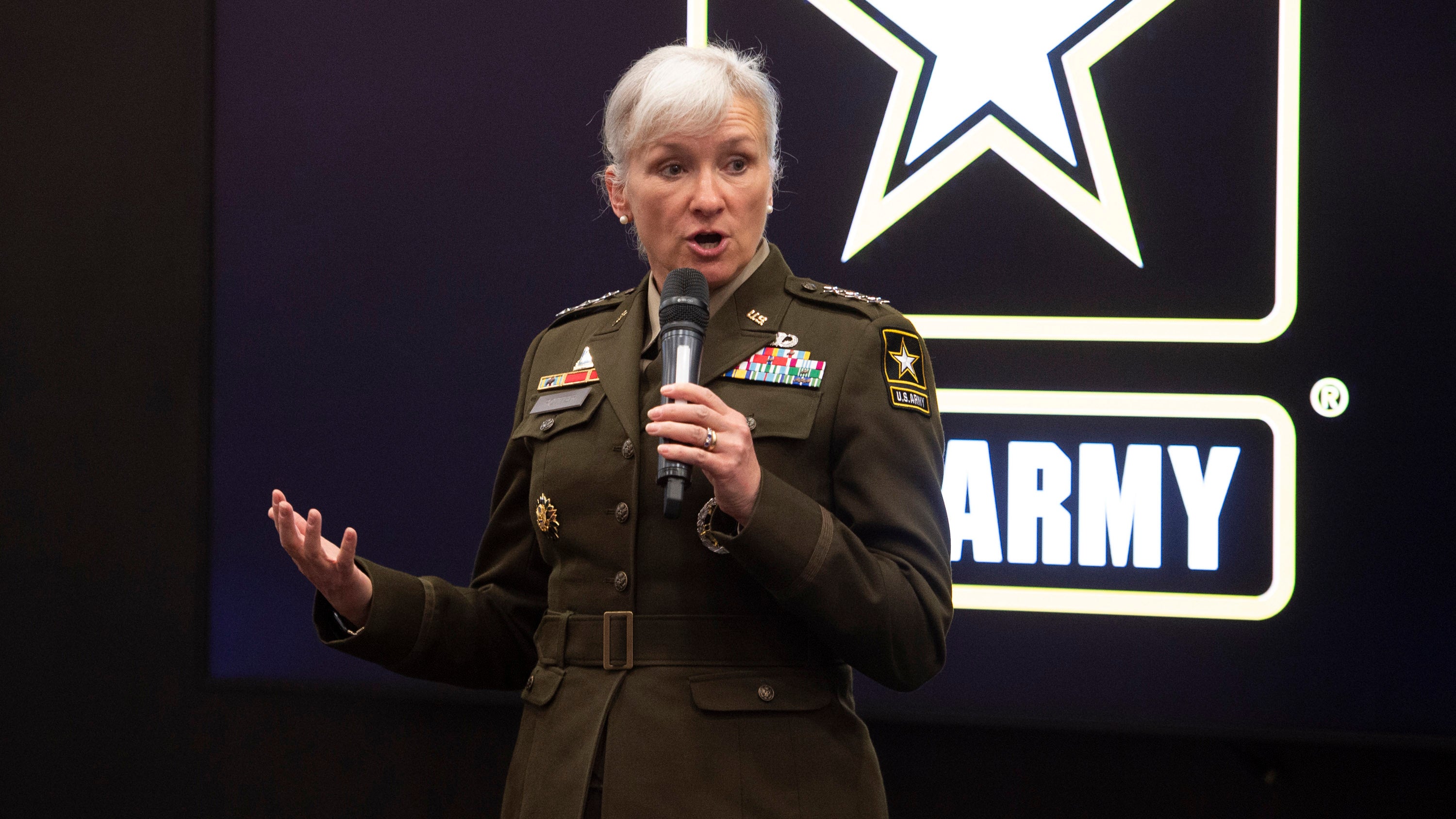
Future warfare requires the Army to gather vastly more information from an ever-widening array of sensors without overwhelming an end user with such a tidal wave of data that it becomes useless, a panel of Army experts said.
“We have a lot of work to do,” said Lt. Gen. Laura Potter, the deputy Army chief of staff for intelligence, G-2, in an Oct. 10 discussion about the importance of gathering data and using ground, space and aerial sensing in battles in 2030 and beyond.

After a record-breaking 64 days and almost 35,000 miles aloft, the Army’s latest test of a solar-powered, ultra-long endurance drone has come to an end.
The unmanned aerial system, Airbus’ Zephyr 8, launched June 15 from Yuma Proving Ground, Arizona, and crashed Aug. 18, recording a remarkable flight of more than two months.
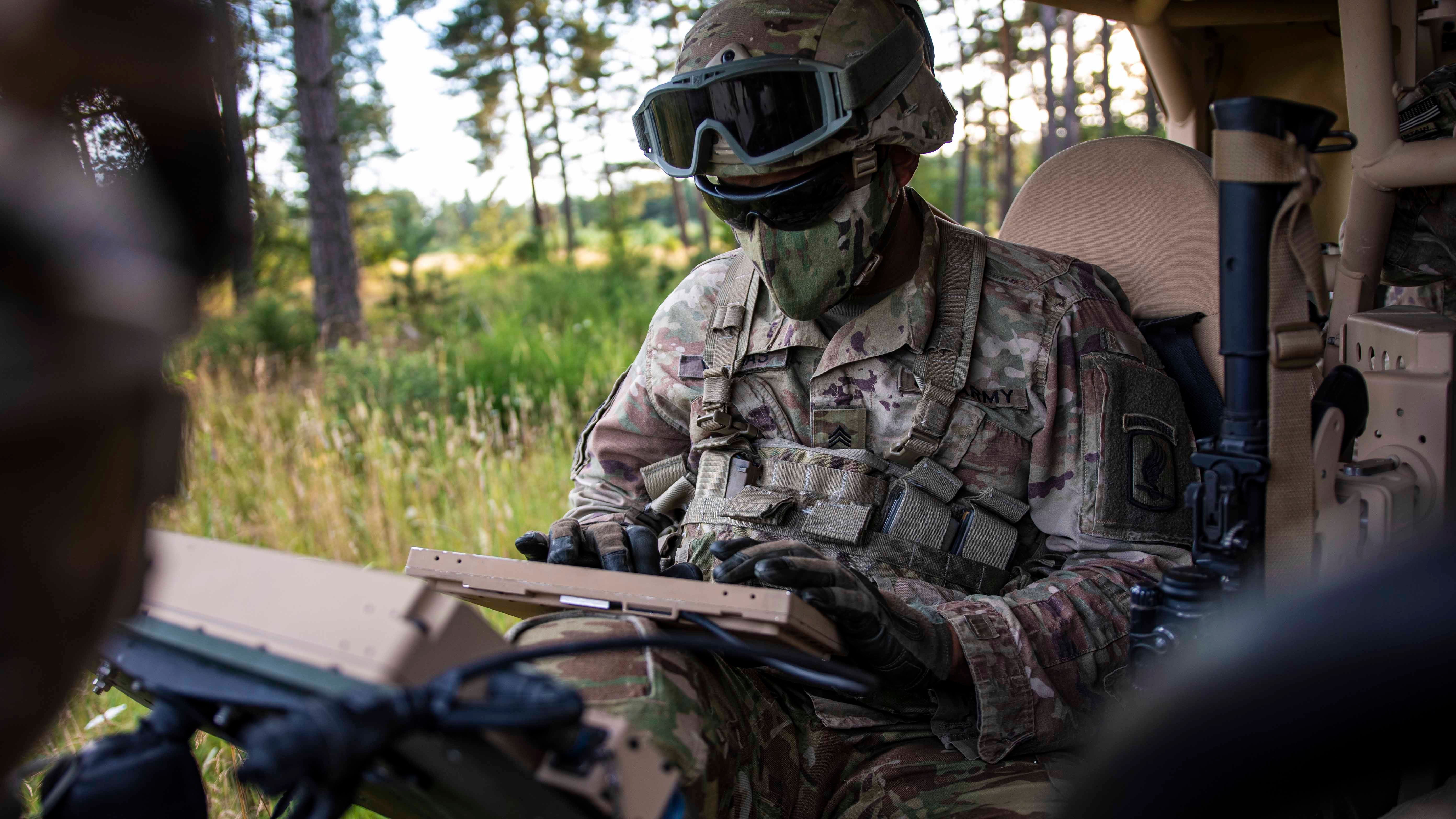
Across the XVIII Airborne Corps, leaders have their eye on getting the most out of the data that proliferates on and off the battlefield.
“Whether in the military or business, if you’re not learning, you’re failing, and in our line of work, you’re dying,” said Brig. Gen. John Cogbill, then-chief of staff for the XVIII Airborne Corps. “You have to continue to evolve and to learn. You need to be able to not only survive on the modern battlefield but dominate the modern battlefield.”
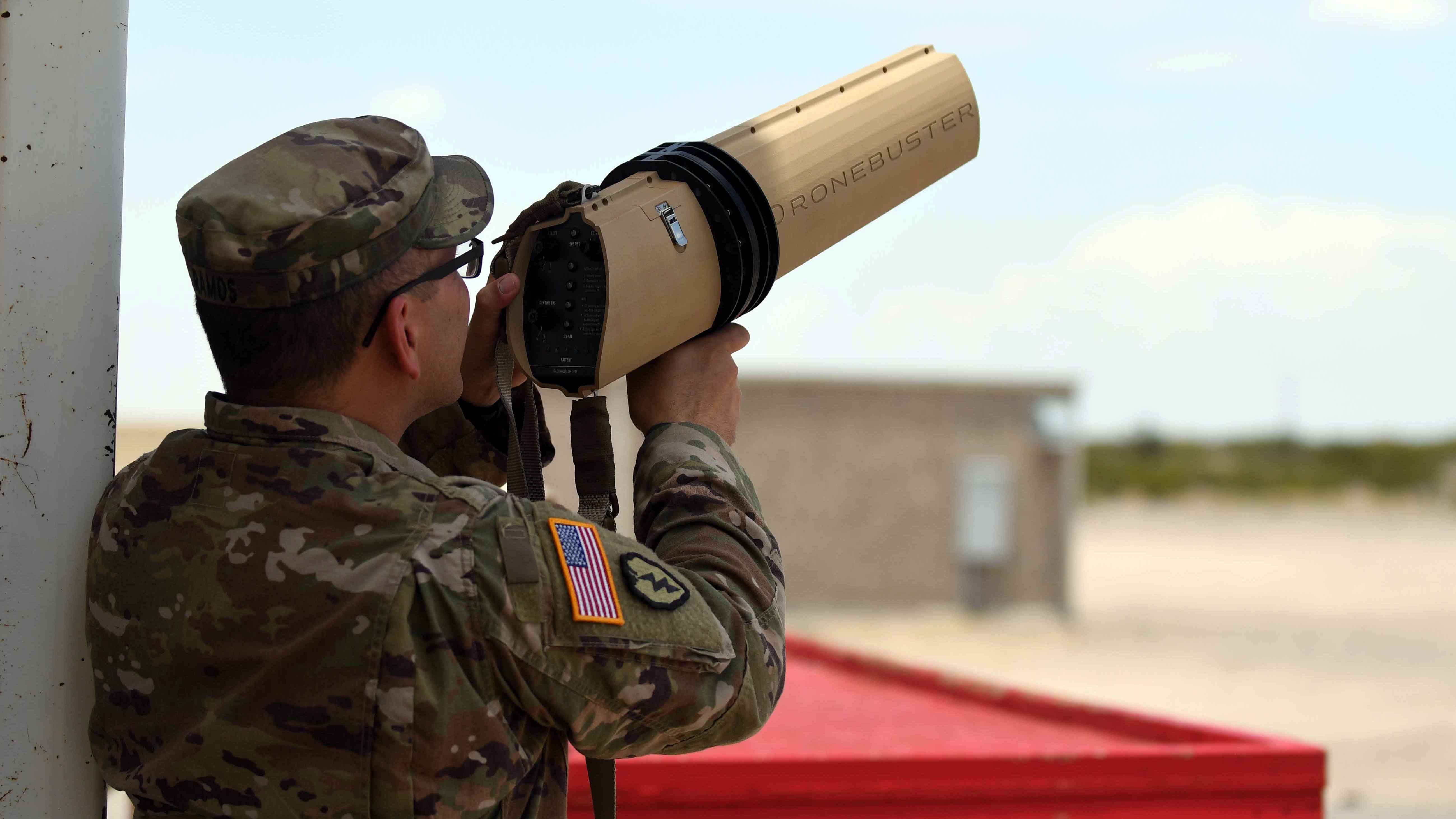
An upcoming webinar from the Association of the U.S. Army will focus on Army efforts to counter the growing threat of unmanned aerial systems.
Maj. Gen. Sean Gainey, director of the Joint Counter-Small Unmanned Aircraft Systems Office and director of fires in the office of the deputy Army chief of staff for operations, will speak at noon Eastern Aug. 23.
The event is free, but registration is required here.
In 1903, the Wright brothers invented the first successful airplane.

Strong partnerships outside the fences of Army installations and more training are critical to building energy resiliency inside the fence line, according to a panel of energy experts.
During a discussion at a recent Association of the U.S. Army Hot Topic on installation management, the panelists agreed that there must be more than one resident expert to make sure any on-post microgrid will operate as intended and assure uninterrupted power during a blackout.